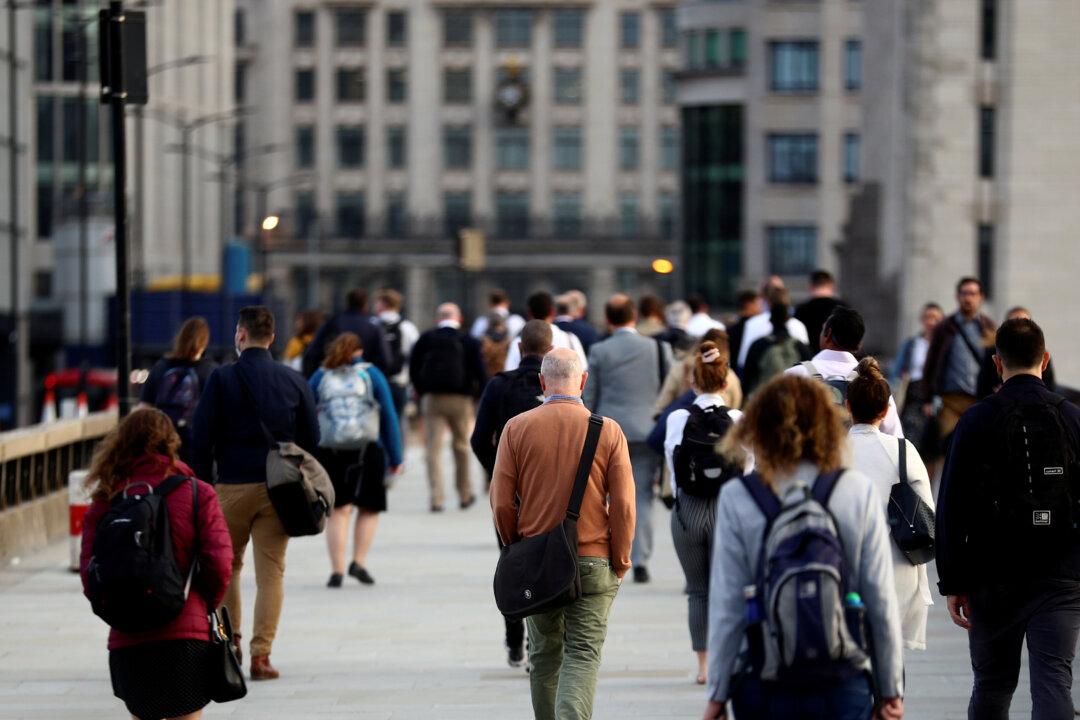More than two-thirds of benefits assessments recorded behavioural and mental disorders, according to government statistics showing the number of people with a health condition or disability restricting their ability to work.
Universal Credit health’s caseload revealed that this proportion was lower for those deemed capable for work (55 percent) and higher for those found to have limited capability for work (90 percent).
The DWP explained that “claimants often have complex health issues and can thus be recorded with multiple conditions,” meaning that those with recorded mental and behavioural disorders may have other health issues recorded with Universal Credit.
Unlike one of its predecessors, the income-related Employment and Support Allowance (ESA), Universal Credit health assessments do not record a primary health condition and “as such, Universal Credit WCA medical conditions convey all recorded medical conditions, but do not relate to a primary medical condition.”
The second-highest recorded condition was diseases of the musculoskeletal system and connective tissue, some 610,000 (48 percent) claimants.
Two Million People on Universal Credit Health
The DWP also revealed that across England, Scotland, and Wales in December 2023, two million people were on Universal Credit health, representing 31 percent of all people on Universal Credit and up 4 percent on December 2022.The figure is also compared to 1.6 million one year earlier, up 24 percent. The DWP told The Epoch Times that this increase was due “in part to the replacement of legacy benefits,” such as the ESA.
The WCA determines whether a person has a limited capacity for work or work-related activity and if they must look for work or perform other work-related activities.
Of the two million on Universal Credit health, 347,000 (18 percent) were assessed as having a Limited Capacity for Work, meaning they are required to participate in work-related activity “to help move them toward the labour market.”
Ill Health ‘Driving’ Rising Numbers of People on Benefits
Responding to the statistics, Christopher Rocks, the lead economist for the Health Foundation’s Commission for Healthier Working Lives, said that “ill health is driving the rising number of people on out-of-work benefits, and damaging the economy, so it’s crucial to understand the health challenges faced by people claiming Universal Credit.”Mr. Rocks continued that “a tailored approach will be key to helping people back into work. This will require more detailed statistics on claimants’ health conditions over time, broken down by demographics at a local level. Such information would enable local areas and employment programme providers to target support effectively, taking better account of health needs.”
“We should be supporting them into that. As well as fairness to the entire system, but also to make sure that we can sustainably keep cutting taxes,” Mr. Sunak said.
Welfare Reforms
In November, the government announced its Back to Work Plan, which aims to assist up to 1.1 million people with disabilities, long-term health conditions, or long-term unemployment to look for work and stay employed.A DWP spokesperson told The Epoch Times on Friday: “We are taking the long-term decisions to help everyone who can work to do so, improving lives and growing the economy.
“Our landmark welfare reforms will cut the number of people due to be put onto the highest tier of incapacity benefits by over 370,000 and instead give them personalised support, while our Chance to Work Guarantee will enable people to try work without fear of losing their benefits.”
“In total our £2.5 billion Back to Work Plan will help over a million people to break down barriers to work, including those with disabilities and long-term health conditions,” the spokesman added.
The department also said that it was expanding access to mental health services in an effort to tackle one of the main reasons for sickness absence, including putting an additional 384,000 people through NHS Talking Therapies over the next five years.







